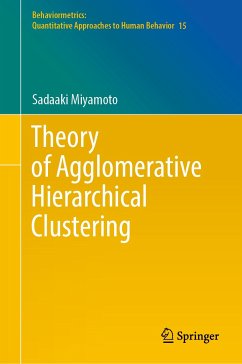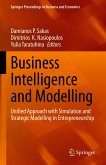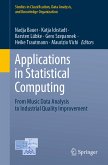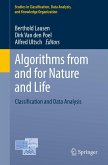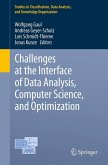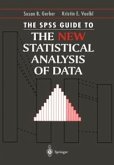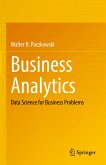This book discusses recent theoretical developments in agglomerative hierarchical clustering. The general understanding of agglomerative hierarchical clustering is that its theory was completed long ago and there is no room for further methodological studies, at least in its fundamental structure. This book has been planned counter to that view: it will show that there are possibilities for further theoretical studies and they will be not only for methodological interests but also for usefulness in real applications. When compared with traditional textbooks, the present book has several notable features. First, standard linkage methods and agglomerative procedure are described by a general algorithm in which dendrogram output is expressed by a recursive subprogram. That subprogram describes an abstract tree structure, which is used for a two-stage linkage method for a greater number of objects. A fundamental theorem for single linkage using a fuzzy graph is proved, which uncoversseveral theoretical features of single linkage. Other theoretical properties such as dendrogram reversals are discussed. New methods using positive-definite kernels are considered, and some properties of the Ward method using kernels are studied. Overall, theoretical features are discussed, but the results are useful as well for application-oriented users of agglomerative clustering.
Dieser Download kann aus rechtlichen Gründen nur mit Rechnungsadresse in A, B, BG, CY, CZ, D, DK, EW, E, FIN, F, GR, HR, H, IRL, I, LT, L, LR, M, NL, PL, P, R, S, SLO, SK ausgeliefert werden.
Hinweis: Dieser Artikel kann nur an eine deutsche Lieferadresse ausgeliefert werden.

